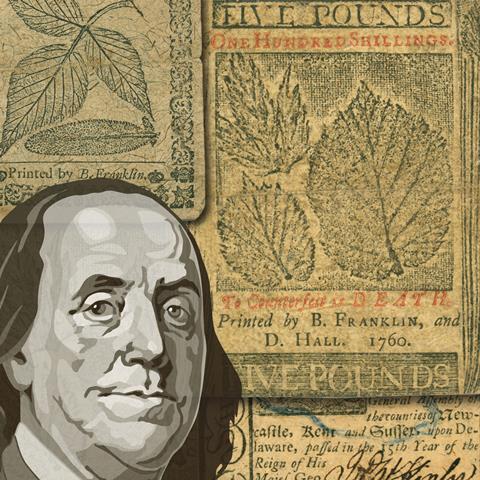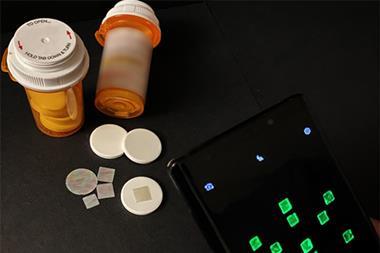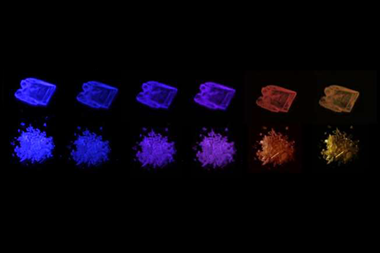
One of the principal advocates for establishing the American monetary system and one of its first printers of notes was the legendary scientist Benjamin Franklin, a statesman and a signatory to the US Declaration of Independence. Now, using both conventional and cutting-edge techniques, US scientists have gained new insights into his paper money and their security features.
Paper money was the only viable means of trade in colonial America as the British tried to keep coins out of the colonies to suffocate independent commerce. Franklin established a printing house in 1728 and printed notes for several colonies, devising ever-more sophisticated techniques to foil counterfeiters. In 1775, at the onset of the American War of Independence, a committee chaired by Franklin and John Adams was formed to oversee the printing of a new federal currency. The British responded by flooding the US with counterfeit notes, causing hyperinflation and making it even more important to produce secure notes.
Khachatur Manukyan and colleagues at the University of Notre Dame in Indiana studied 600 notes printed between 1709 and 1790. They started with Raman and x-ray fluorescence spectroscopy. Benjamin Franklin sold black ink produced by burning vegetable oils, while most other printers used ink from the pyrolysis of bones, but the black ink samples from the notes contain much purer graphitic carbon, together with impurities such as silicon dioxide. These imply that Franklin used a natural source. Manukyan says that, although the graphitic ink is today a sharper black, whether this was true at the time and whether Franklin used a different black ink to foil counterfeiters remains unknown.
The researchers also deployed precision analytical techniques normally not available to heritage scientists. Micro x-ray diffraction imaging revealed that a shimmer in the later notes was due to muscovite mica – which is widely found in the hills of Pennsylvania – in the filler. The researchers extracted 50nm-thick samples of this filler from notes of multiple ages. They used several types of advanced transmission electron microscopy to determine the specific orientations of the muscovite particles within the binder, extracting as much information as possible while minimising radiation damage to the precious samples.
Using electron energy loss spectroscopy, they also determined precise information about the impurities present. Using the information this detailed study provided, they interpreted simple x-ray fluorescence images of the remaining notes. ‘In the early bills, you don’t see these crystals,’ says Manukyan. The incorporation of muscovite seems to have begun in 1742 or 1743 when Franklin began to work with a specific supplier to produce ‘money paper’, and the size of the muscovite particles increases over time. ‘We assume that the initial intention is to make the paper more durable, but that they see over time that has the additional feature that it starts glimmering, and then they use that as a specific feature also.’ The researchers now intend to deploy their techniques to study the first American silver coins minted in Boston.
Heritage scientist Marc Vermeulen of the UK National Archives describes the work as ‘super-interesting’ and says different aspects of it will appeal to different audiences. For heritage scientists, the Raman and x-ray fluorescence analysis of pigments may prove useful for studying their own collections. ‘For people working in academia with much stronger research infrastructures and all those high-end techniques … this is a great paper that shows the applicability they can have to items in museum collections,’ he says.
References
K Manukyan et al, Proc. Natl. Acad. Sci. USA, 2023, 120, e2301856120 (DOI: 10.1073/pnas.2301856120)

















No comments yet